The following activity is based on a short documentary published on the YouTube channel Stories, and its theme is VERTICAL FARMING as a way to reduce water usage and contamination.
Before watching the video I suggest that you read the vocabulary list, you can also download it (PDF file).
VOCABULARY
- LEAFY: having a lot of leaves.
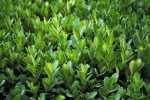
- HUGE: very large in size, amount o degree.
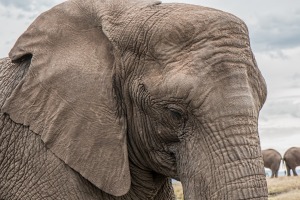
- MASSIVE: very large and heavy.
Ex. Falkirk Wheelis a massive boat lift in Scotland.
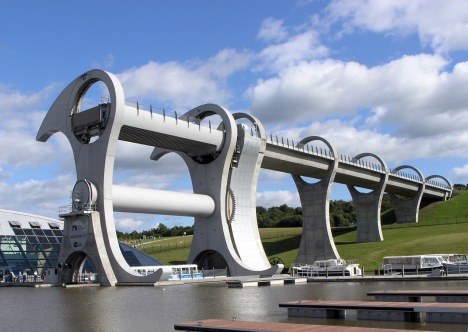
- INDOOR: used, located, done or happening inside a building.
An indoor field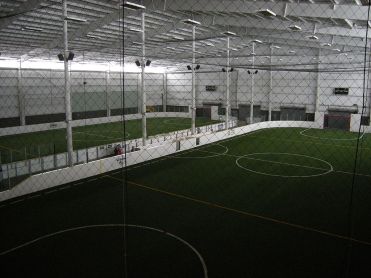
- NUTRITIOUS: having substances that a person or animal needs to stay healthy and grow properly.

- CROP: a plant that is grown by farmers and used as food.
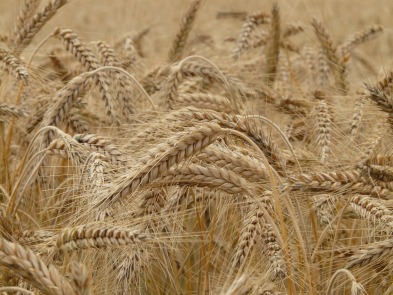
- TO STACK: to make things into a neat pile.
Insulated food storage containers are stacked for loading onto Red Cross ERVs and Salvation Army canteens.

- ROOT: the part of a plant that grows underground.
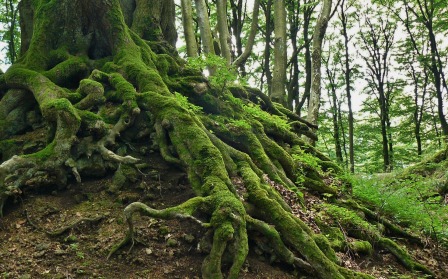
- TO MIST: to cover something with very small drops of liquid in order to keep it wet.
Ex. These plants have to be misted regularly.
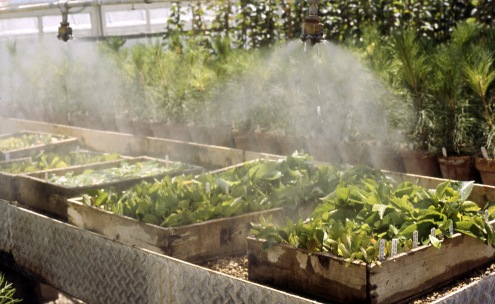
- ROW: a line of things or people next to each other.
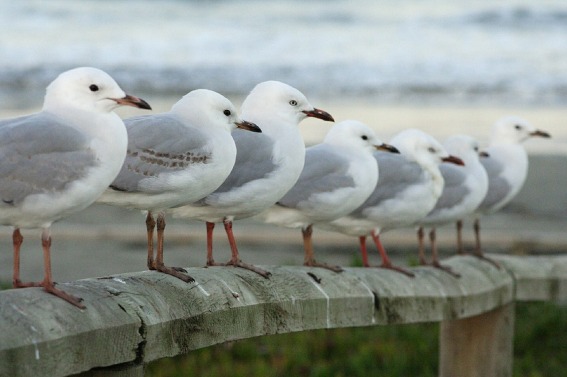
- TREND: a general direction in which a situation is changing or developing.
Ex. Investments showed a positive trend over the period considered. - TO FEED (FED/FED): to give food to a person or an animal.
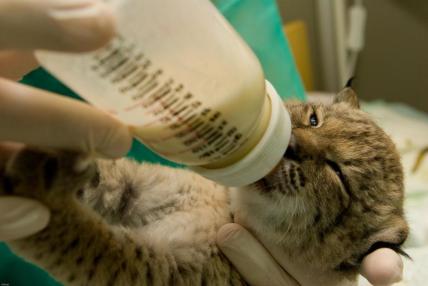
- OVERPOPULATED: with too many people leaving in it.
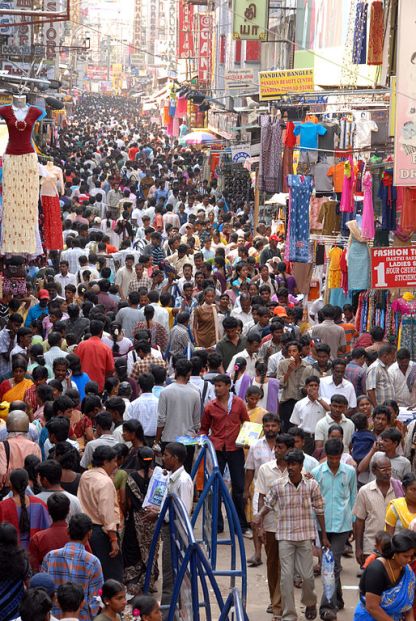
- TO SPROUT: to appear suddenly and in large numbers.
Ex. New houses are sprouting everywhere these days. - STEEL: strong metal that can be shaped easily.
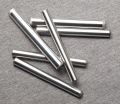
- MILL: a factory that produces a particular type of material; a building fitted with machinery for grinding grain into flour.
- TOUGH: very difficult to deal with; physically and emotionally strong.
Ex. Karen’s last pregnancy was tough. - STRIVE: to try very hard to achieve something.
Ex. I enjoy watching people strive for their dreams. - LANDFILL: a place where waste is buried under the ground.
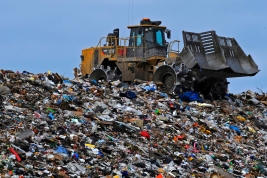
PDF version: This Farm of the Future Uses No Soil and 95% Less Water – Vocabulary – Free English Materials For You
Fill in the gaps in the following sentences while listening:
NARRATOR: You can’t see it on the outside, but this old industrial neighborhood is an agricultural oasis. Inside this former laser tag arena, about 250 kinds of ______________ greens are growing in _______________ quantities, to be sold to local supermarkets and restaurants. This is AeroFarms, a massive ______________ vertical farm in Newark, New Jersey.
DAVID ROSENBERG: Our mission is to build farms in cities all over the world so people have access to ______________, great tasting, highly __________________food.
NARRATOR: ______________ are stacked more than 30 feet high inside this 30,000 square foot space. They’re grown using aeroponic technology.
DAVID ROSENBERG: Typically in indoor growing, the ______________sit in water and one tries to oxygenate the water. Our key inventor realized that if we mist nutrition to the root structure, then the roots have a better oxygenation.
NARRATOR: AeroFarms says the root misting system allows them to use 95% less water than a regular field farm. They also use no pesticides or herbicides. Instead of soil, plants are grown in reusable cloth, made from recycled plastic. And ___________________the sun, there are ______________________of specialized LED lighting.
DAVID ROSENBERG: A lot of people say, sunless? Wait, plants need sun. In fact, the plants don’t need yellow spectrum, so we’re able to reduce our energy footprint by doing things like reducing certain types of spectrum.
NARRATOR: This sophisticated climate controlled system ______________ the growing cycle in half, so crops can be grown all year round, but with a much smaller ______________on the environment.
DAVID ROSENBERG: There are all these stresses on our planet. 70% of our fresh water contamination comes from agriculture. 70% of our fresh water usage goes to agriculture. One third of our arable land has been degraded in the last 40 years. All these macro trends point to the fact that we need a new way to feed our planet.
NARRATOR: One of the early champions of vertical farming is Columbia University ecologist Dickson Despommier. In 1999, Despommier and his students proposed that vertical farms could ___________ ___________________ cities while using less land and less water. They would also cut greenhouse gases by eliminating the need to transport food over long distances. And the idea is finally taking root. Over the past few years, vertical farms have sprouted all over the world, including in Vancouver, Singapore, Panama, the UK, and around the US. Here in Newark, AeroFarms is building out another new farm in a former steel mill, one that’s bigger than a football field. Once it’s fully operational, it’s expected to produce two million pounds of greens a year– all grown vertically.
DAVID ROSENBERG: We listen to the plants very carefully to try and understand what they’re telling us and try and optimize all these different qualities of the plant. It’s a ______________ business, but it’s one that’s going to stay and it’s going to have a bigger and bigger impact.
NARRATOR: Do you think vertical farms will help solve our food production problems?Let us know in the comments below. And check out this next episode to see how this major US city is _________________ to become zero waste.
ROBERT REED: When I started at Recology 23 years ago, the recycling rate was around 38%. Today, we’ve more than __________________that.
NARRATOR: So far, San Francisco has diverted 80% of its waste away from landfills, and its success has been getting global attention.
PDF version (without key): This Farm of the Future Uses No Soil and 95% Less Water – Fill in the gaps
PDF version (KEY): This Farm of the Future Uses No Soil and 95% Less Water – KEY


Thank you very much Anna !!!!
I don’t have done a good work….I’m waiting for your next episode !!
LikeLike